If you’ve been a homeowner for a long time, you will know that different water fixtures — such as sinks and bathtubs — require different taps.
These fixtures serve different purposes and have unique specifications. If you rely on the same tap for all, you might face plumbing issues like leaks or low water pressure over time.
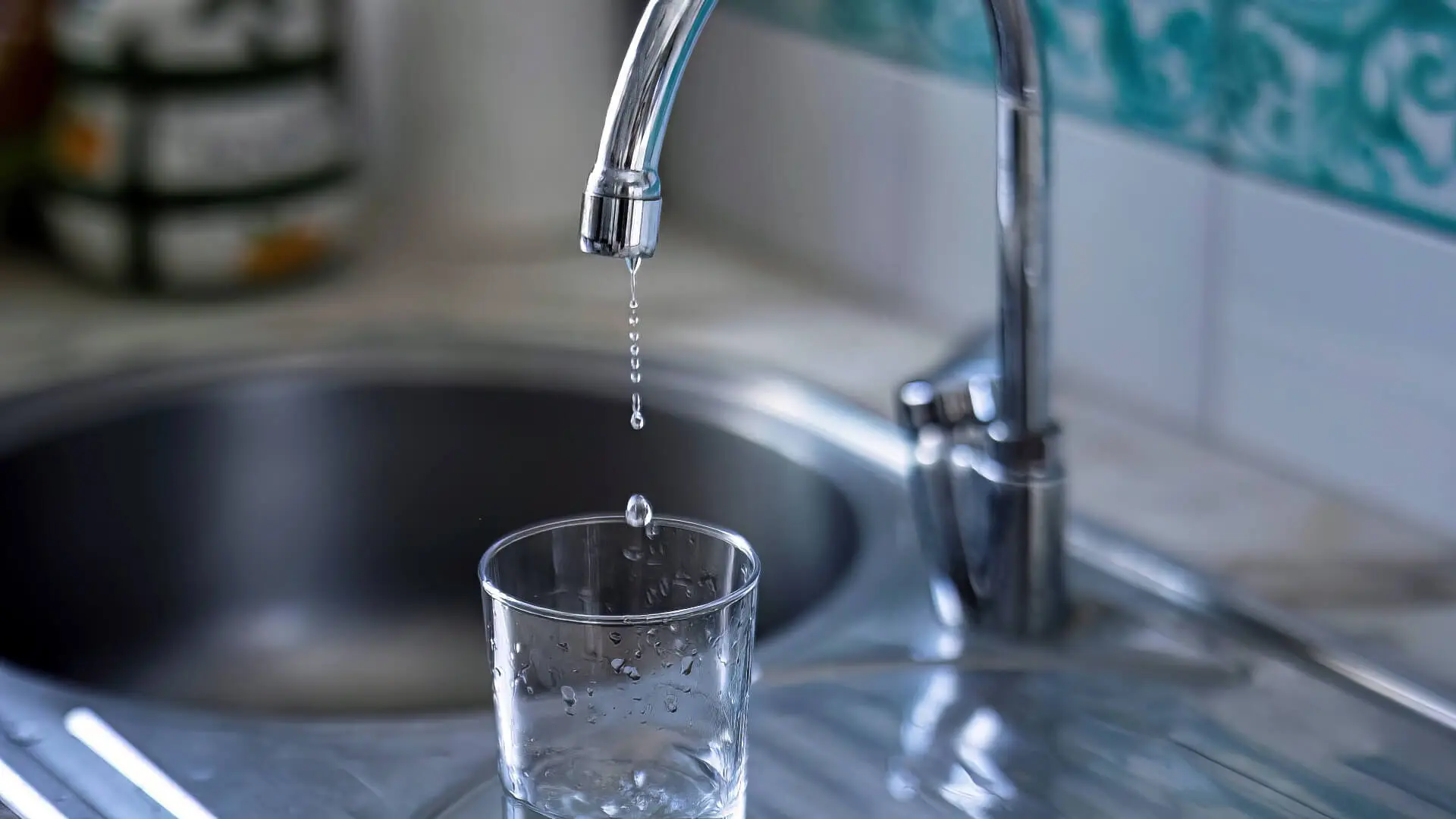
You might be curious about the different types of taps and where they’re used. That’s exactly what we’ve covered in this guide. Dive in to learn more about taps!
The Different Types Of Taps Explained
1. Mixer Taps
A mixer tap, integral to any hot water system, is one of the most popular taps used today, especially in kitchen and bathroom renovations. A common component in modern bathroom fixtures like showers, bathtubs, and wash basins, the mixer tap boasts a simple yet efficient design that simplifies the process of hot and cold water mixing.
Mixer taps are designed with two separate handles, one for hot and cold water supply. The single spout ensures an even temperature for the water output.
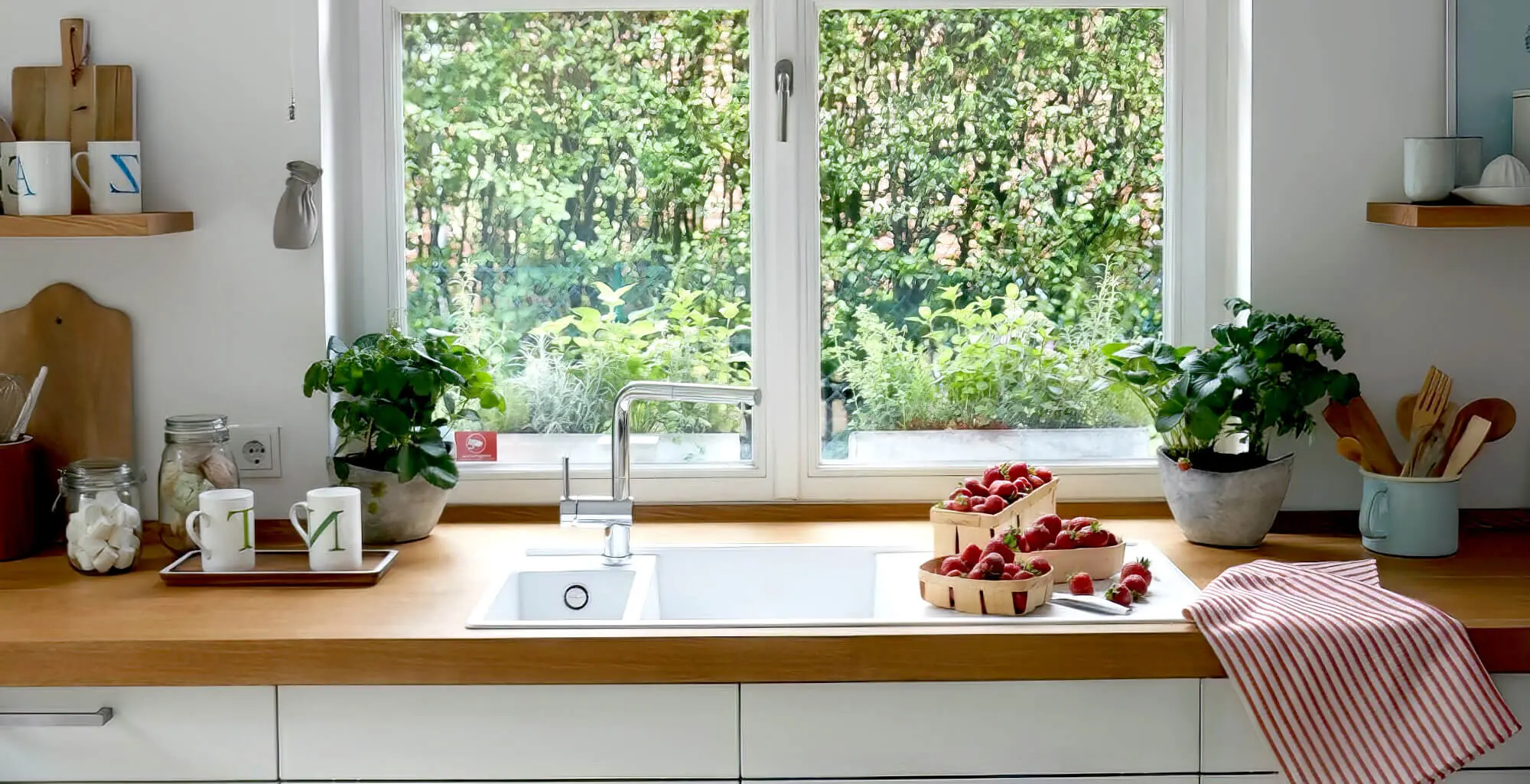
2. Pillar Taps
The pillar tap is another familiar tap with a unique, pillar-like design, hence its name. It is mainly used for sinks and wash basins, but it can also be used for bathtubs in some cases.
A pillar tap, sometimes called a spiral flute tap, comes equipped with two distinct handles for hot and cold water, akin to mixer taps. However, each faucet operates independently on these spiral flute taps, requiring manual water temperature mixing.
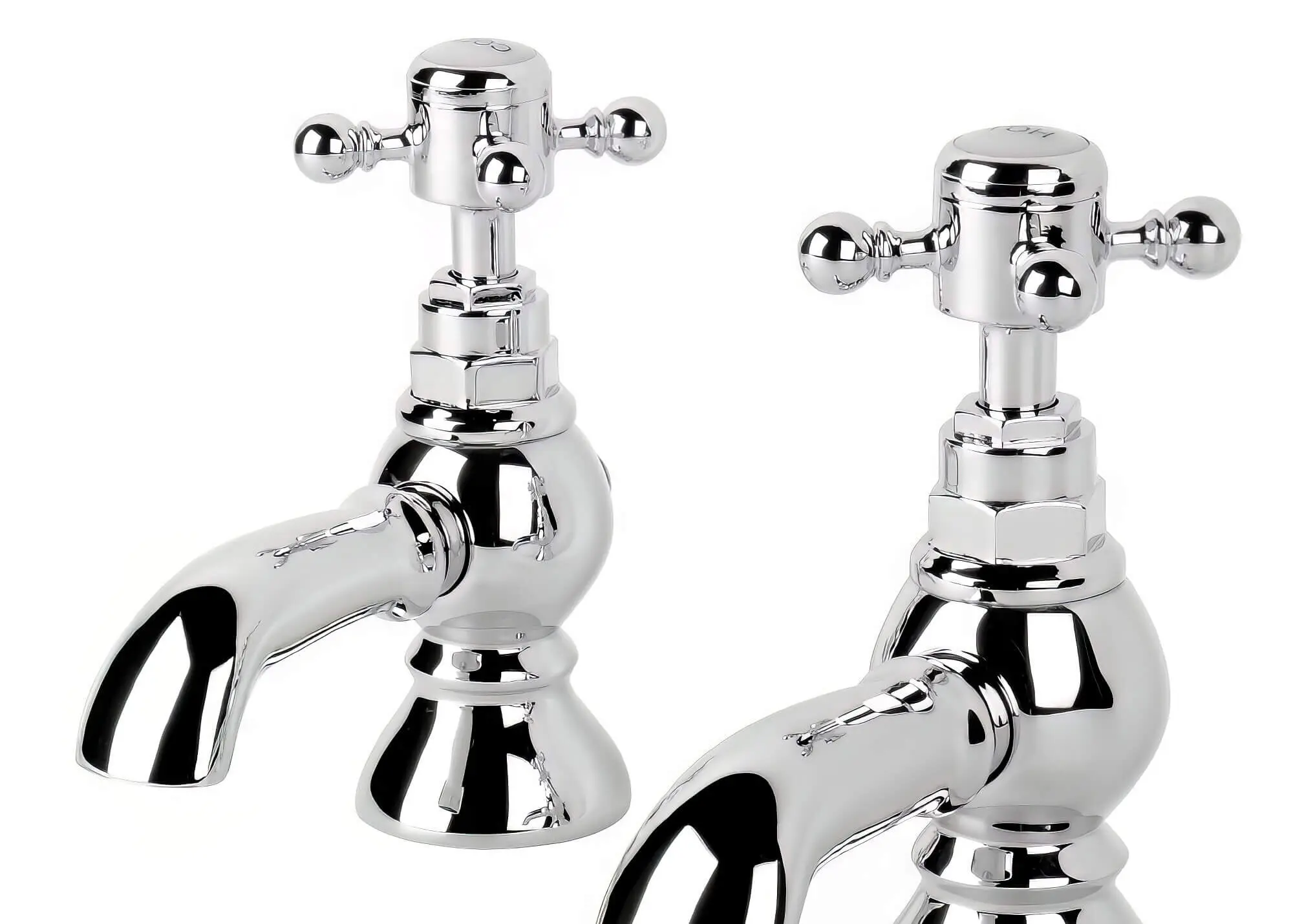
3. Monobloc Taps
You might not recognise the name, but you’ve likely seen this tap in public restrooms. Recently, it’s become a popular choice for household sinks, too.
Straight flute taps, with a single handle and spout, are noted for their minimalistic design. The hot and cold water is mixed internally in these straight flute taps, eliminating the need for handle adjustments to achieve the desired water temperature. Although, in some models, you can turn the handle to the right or left to get either cold or hot water.
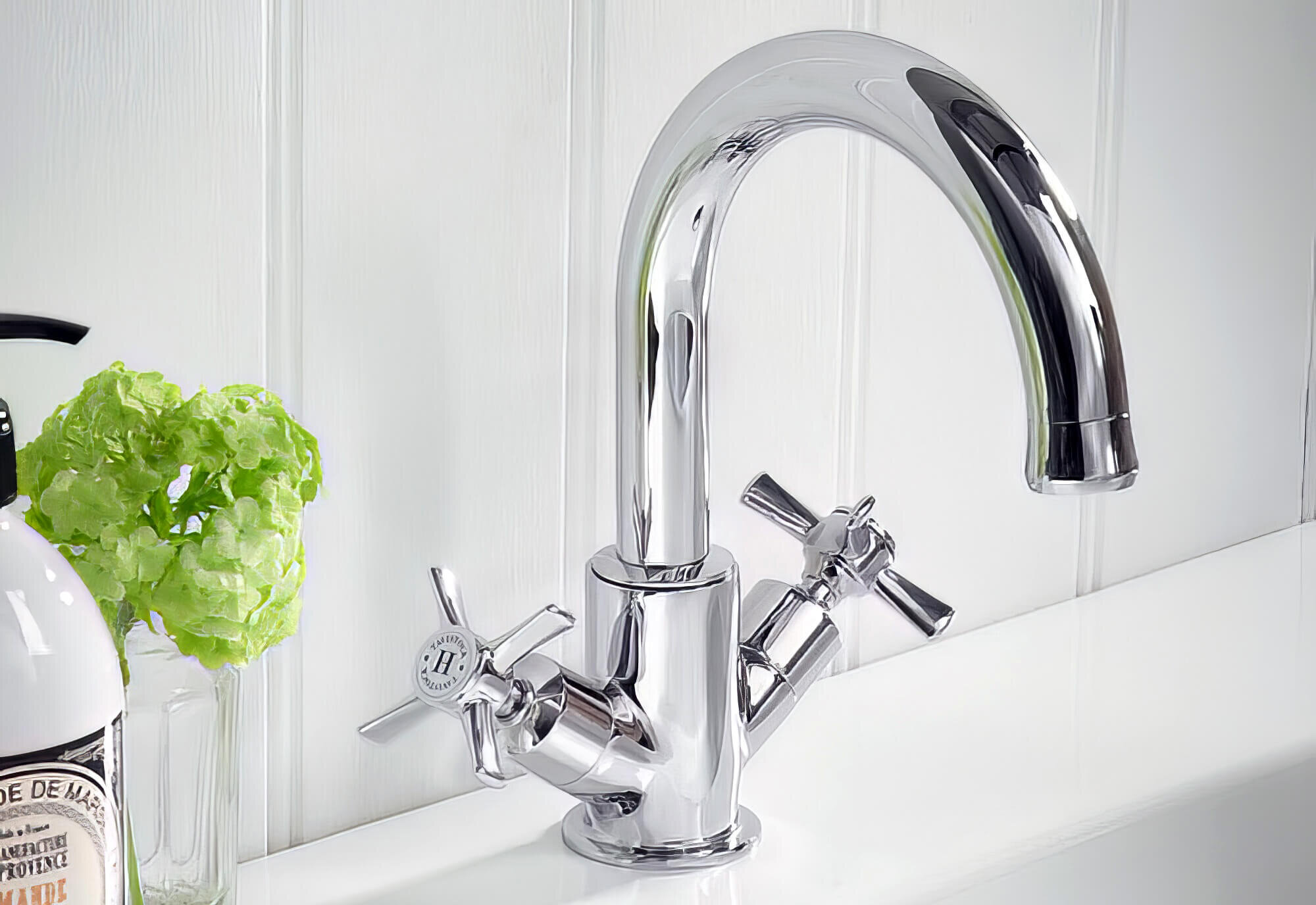
4. Ball Taps
Plug taps, also known as ball taps, feature a sphere-like design and are typically found in gardens and garages. The handle, essentially a hollow ball, regulates the water pressure in these plug taps. The rounded design allows for flexible adjustment and makes them susceptible to leaks.
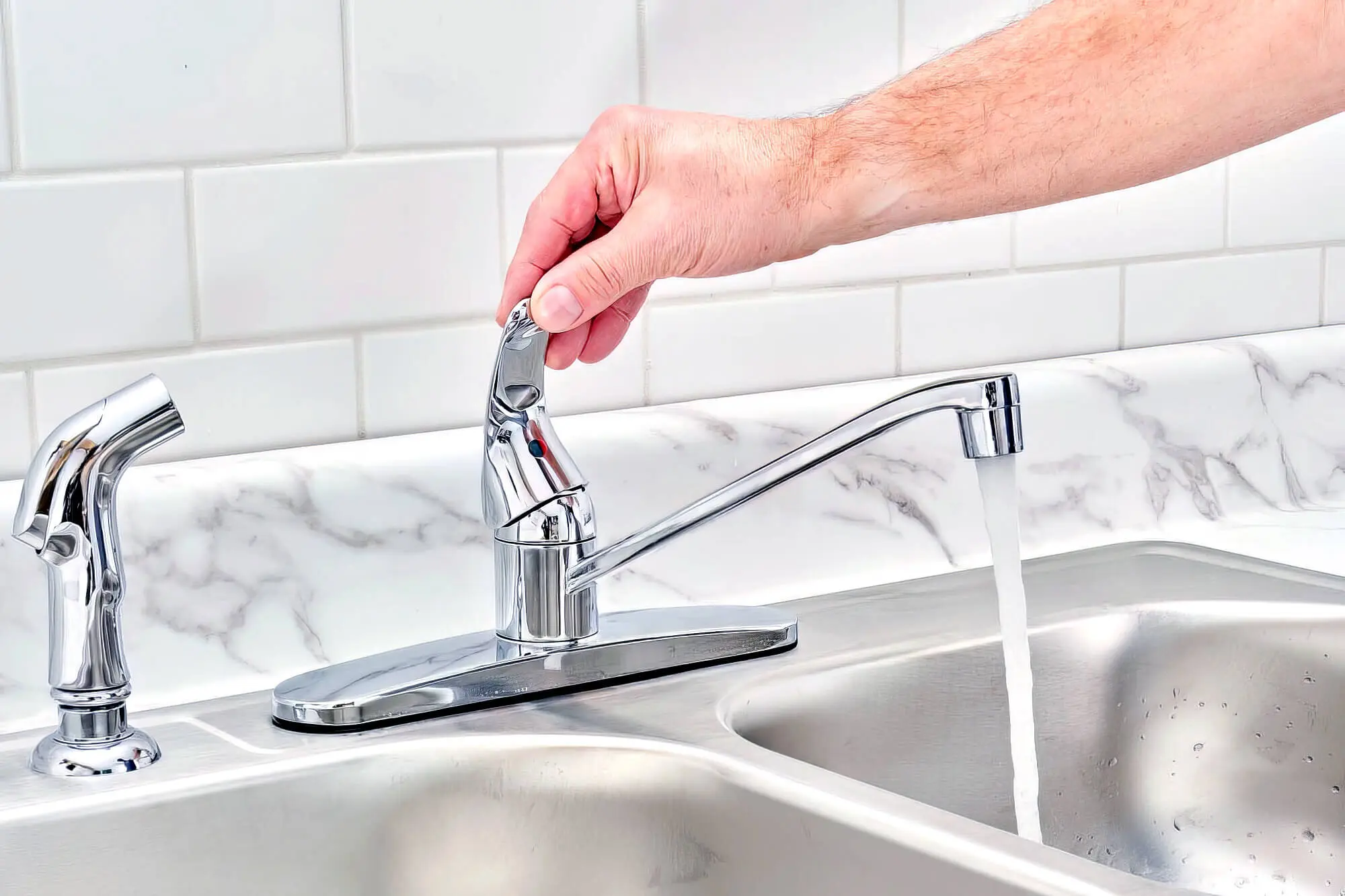
5. Disc Taps
Disc taps, particularly ceramic disk taps, are similar to monobloc taps, featuring a single spout and handle. This type of tap works differently from conventional taps, as instead of a traditional washer, ceramic disk taps employ ceramic discs with apertures that allow water flow.
Once you turn on the handle in the correct alignment, the water will flow out of the tap in full force. This makes them a good choice for your garden or water tank. That said, controlling the water pressure is difficult with these taps.
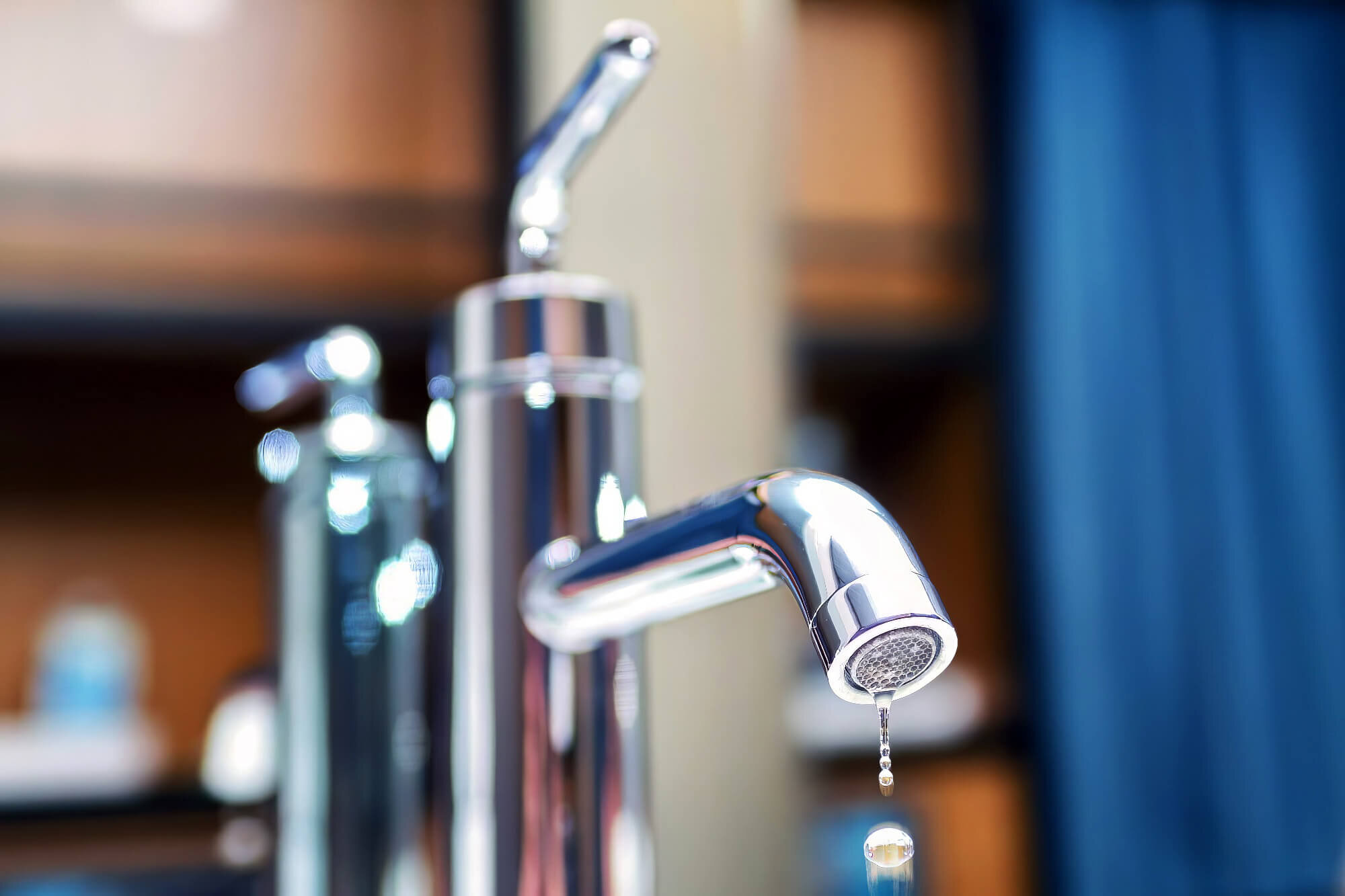
6. Cartridge Taps
Also known as taper taps, cartridge taps have an internal cartridge that grants control over water temperature and pressure. When the cartridge, or taper, is rotated left or right, it modulates the water temperature. Conversely, you can control the water pressure if it is turned up or down.
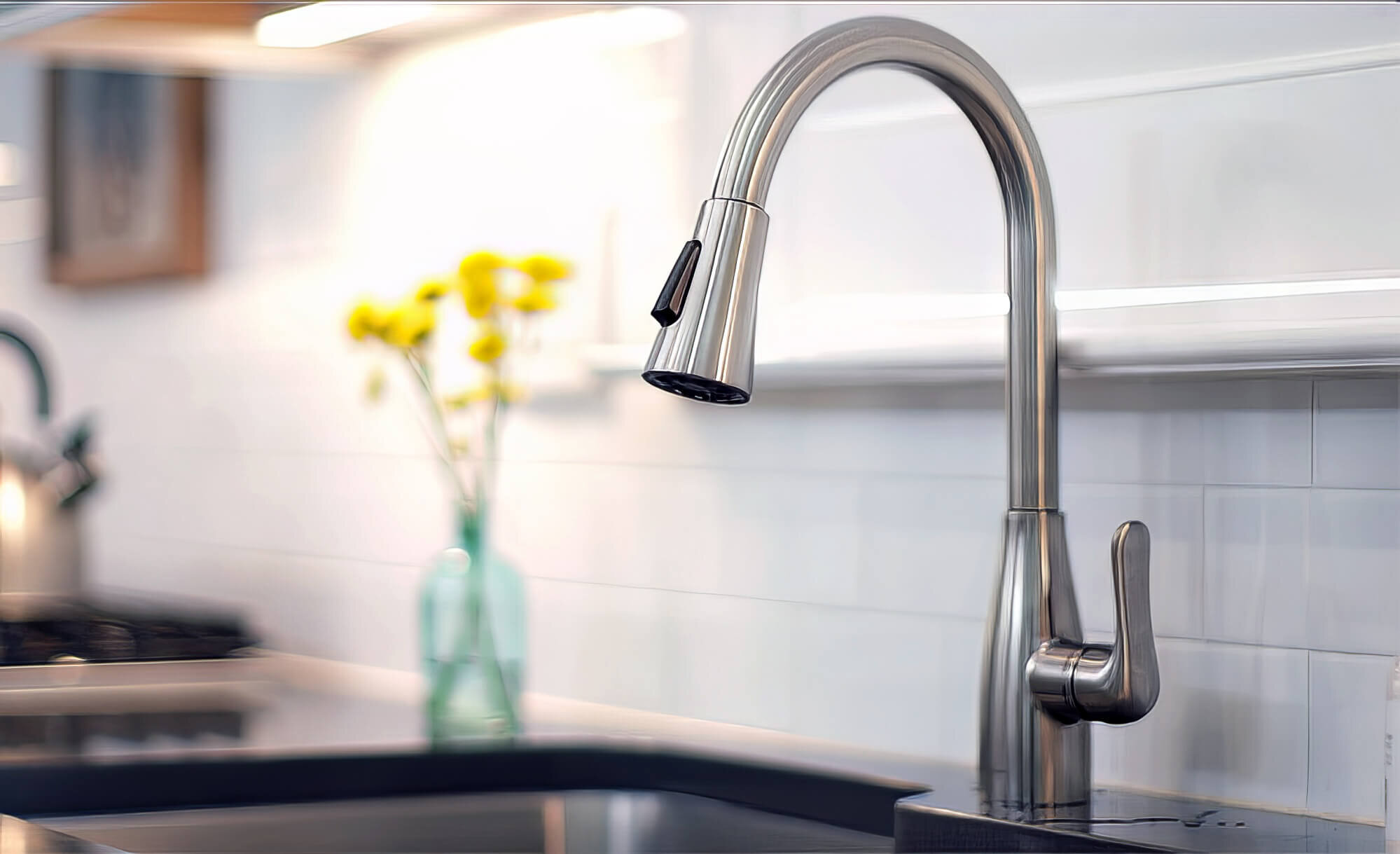
7. Washer Taps
Otherwise known as compression washer taps, these types of taps operate similarly to pillar taps. The difference is that they have twisting handles, which control the inner workings of the washer inside.
Turning the handle determines the water flow. In that context, the twisting handles on these taps are subject to considerable wear, which can eventually lead to leakages.
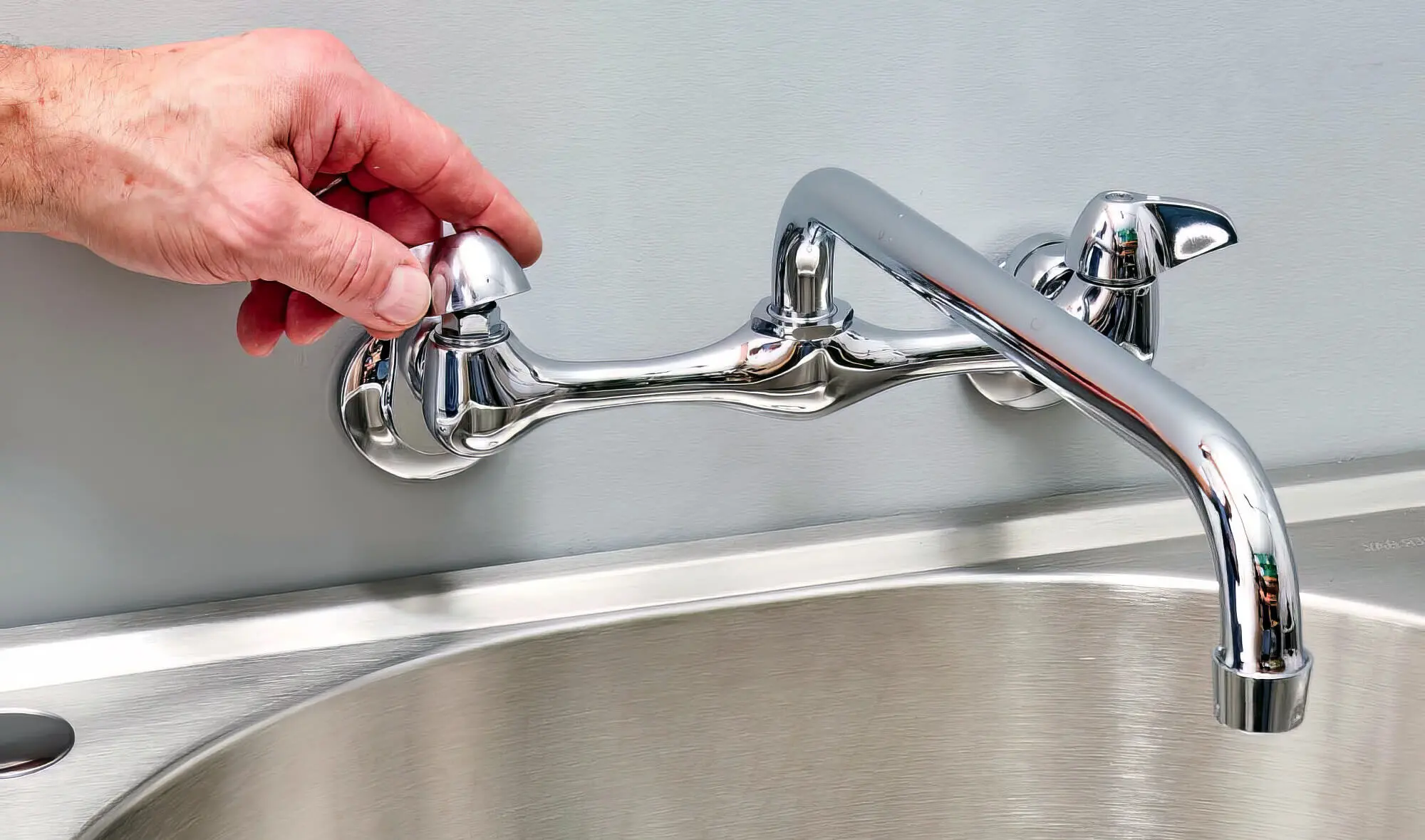
8. Wall-Mounted Taps
The wall-mounted tap, also known as bib taps, showcases a modern design in which the handles and faucet are wall-fixed before attachment to the fixture’s body. Bib taps are standard in contemporary bathrooms and used for basins and bathtubs.
While they provide a pretty chic aesthetic to your bathrooms, installing or repairing them can be a headache. All the plumbing lines and internal components are embedded within the wall.
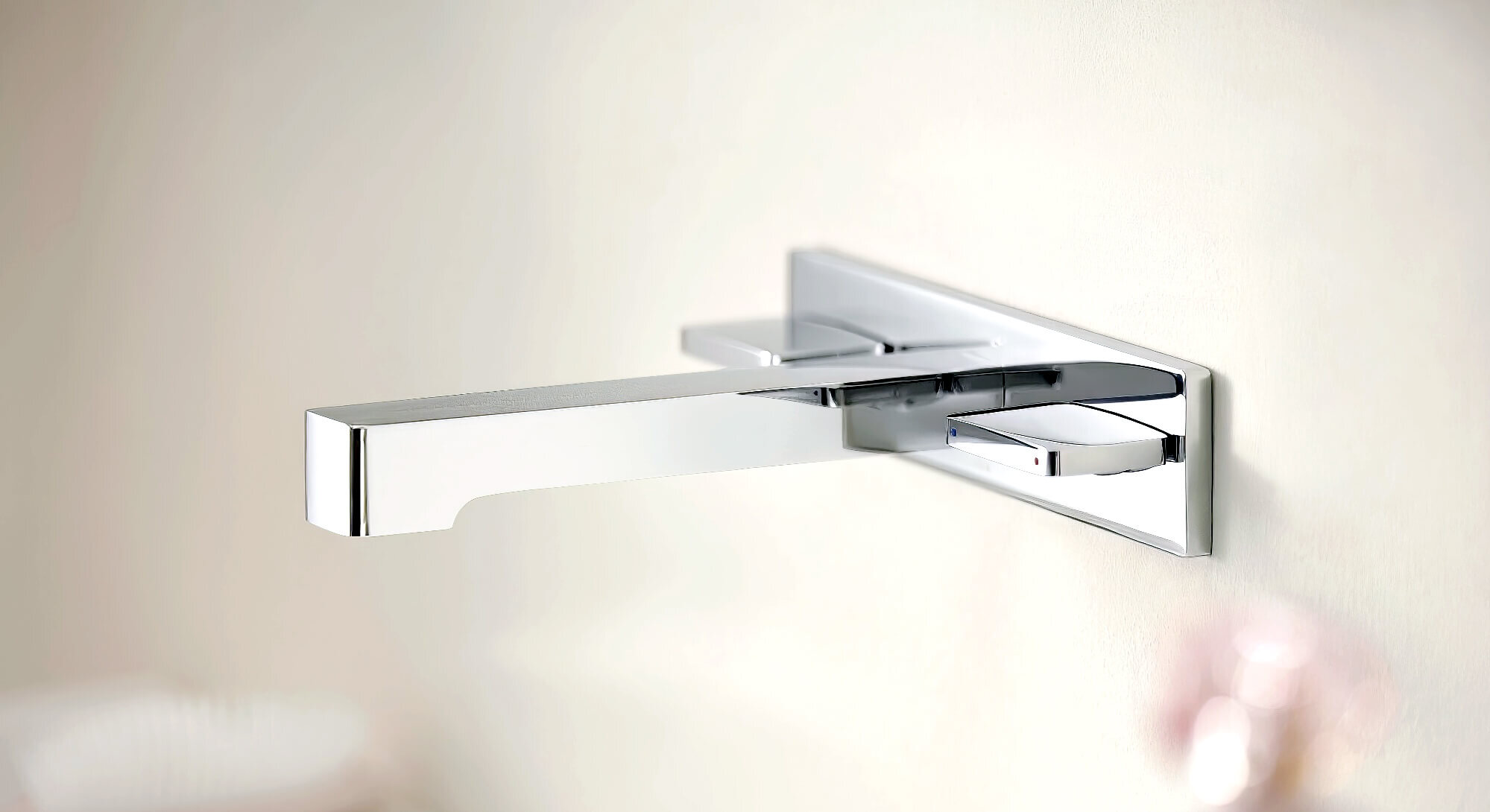
9. Floor-Mounted Taps
This type of tap is relatively new on the market and is primarily used for floor fixtures such as bathtubs. Unlike wall-mounted taps, the plumbing lines can be kept outside, which is an advantage. However, they are a bit expensive to get, which may be a deterrent for many people.
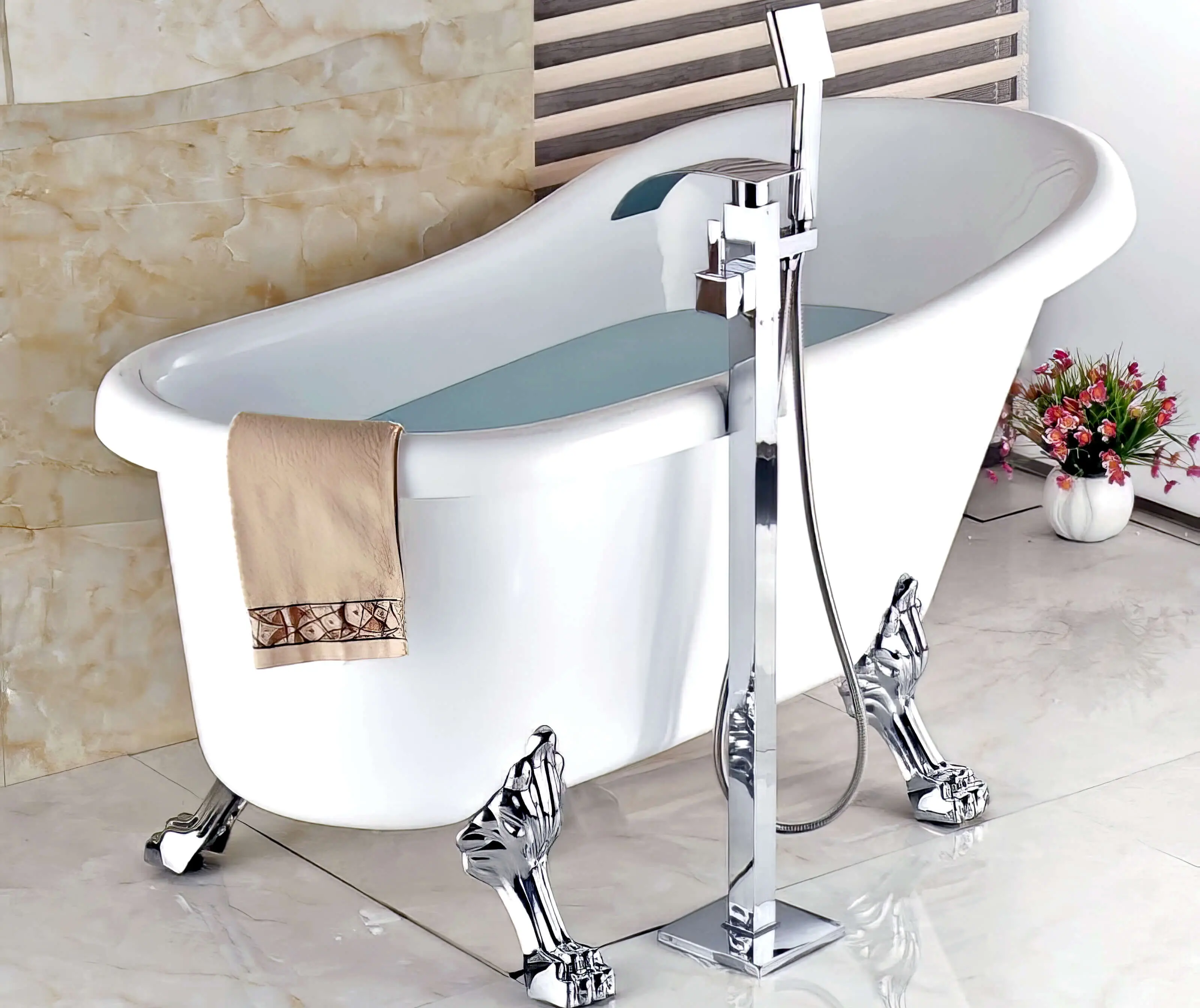
Taps Explained: The Different Types Of Taps
We hope you enjoyed our guide to the different taps and tap styles. Choosing the right style and finish for the tap types discussed earlier can enhance their appeal.
For instance, if you want a feeling of royalty, you can go with Victorian-style taps with a shiny chrome finish. Or you could get standard chrome taps with a more traditional style for minimalism.
Regardless of the tap types, remember that choosing suitable taps can enhance your bathroom’s appeal and prevent plumbing emergencies. For easy installation, seek the expert plumbing service of an experienced plumber at Big Blue Plumbing.
Our highly qualified plumbers deliver efficient service, promptly replacing your old taps. Whether you’re searching for a mixer tap, older style taps, or even shiny chrome taps, our team is ready to assist you. All you need to do is call us on (07) 5404 9354, and they will handle the rest.
Thanks for reading. We hope you found our article helpful. See you in the following guide!



